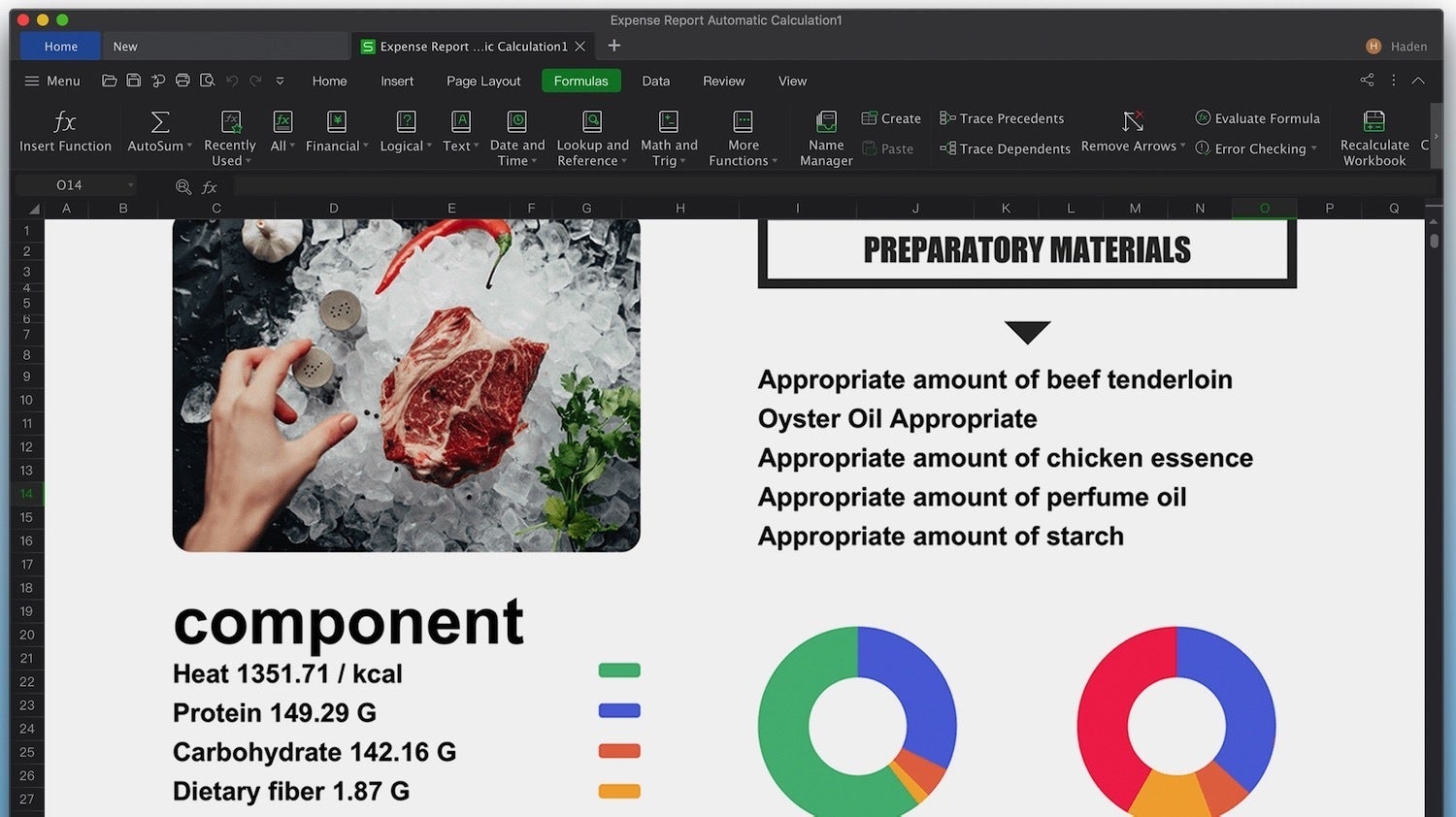Utilizing the Potential of Macros Features in WPS Spreadsheets Spreadsheet Applications
In today's online world, efficiency and productivity are essential, particularly when it involves tasks involving data handling and evaluation. WPS Office, a versatile office suite, offers users robust tools to boost their work process, and one of its notable features is the use of automated scripts in WPS Spreadsheets. Macros can greatly streamline repetitive tasks, allowing users to concentrate on more strategic activities, making them an essential resource for both individuals and organizations alike.

Understanding the methods to efficiently utilize the power of macros in WPS Spreadsheets can transform the way you manage data. From simple actions like formatting a report to advanced data calculations, these tools save time and reduce human error. This article will guide you through the benefits and practical applications of automated scripting in WPS Office, helping you unlock the full potential of your spreadsheet experience.
Understanding Macro Functions in WPS
Macro Functions in WPS Office are effective tools that enable users to simplify recurrent tasks in spreadsheets. By capturing a sequence of operations, users can generate automated processes that execute these tasks with just a single command. This feature not only saves time but also improves productivity, making it simpler to handle large collections of data.
Creating a macro in WPS Office requires a simple process. Users can access the macro functionality through the Developer tab, where they can opt to record a new macro or write one using the Visual Basic for Applications syntax. This versatility accommodates both novice users who favor a visual approach and advanced users who seek greater customization through coding.
Once recorded, macros can be easily modified and distributed. Users have the choice to link macros to buttons or hotkey shortcuts, enabling for quick access. Additionally, by saving macros in personal or shared files, teams can collaborate more effectively, ensuring that time-saving tasks are available to all users in a collaborative project.
Establishing Your Beginning Macro
To start developing your first macro in WPS Office, initially ensure you have a clear idea of the task you want to automate. Macros can simplify repetitive actions, optimize workflows, and free up a considerable quantity of time. Open your WPS Spreadsheet, and navigate to the “Dev” tab, which is necessary for utilizing macro functionalities. If you do not see the Dev tab, you can turn on it in the preferences under the Menu options.
Once you are in the Developer tab, click on the “Record Macro” option. A dialog box will appear, prompting you to name your macro and set it a quick access key if desired. It is a recommended practice to include a meaningful name that indicates the objective of the macro. After this setup, you can commence logging your actions. Perform the set of tasks you want the macro to duplicate, whether it’s adjusting cells, executing calculations, or making charts.
After finishing your chosen actions, click on “Stop Recording”. Your macro is now created and stored for later use. To execute your macro, simply return to the Dev tab and click “Macros”. You will see a menu of your created macros. wps下载 Choose the one you just created, and press “Start”. This procedure not only saves time but also allows you to improve efficiency in your daily spreadsheet tasks within WPS Office.
Best Practices for Macro Development
While creating scripts in WPS Office, it is important to start with well-defined goals. Determine what tasks need automation and ensure that you have a thorough understanding of the workflow. This understanding will assist you in developing effective code tailored to your unique requirements. Devote the time to detail the steps involved, as this can help in predicting any possible issues that may occur during the macro’s operation.
A further crucial aspect of macro development is code organization and documentation. Organizing your code coherently makes it easier to read and maintain. Use clear variable names and annotations to clarify the purpose of each section of the code. This practice not only helps you but also assists others who might engage on the code in the future. Maintaining your code tidy and well documented can reduce significant time down the line.
Finally, testing and debugging are crucial components of the macro development procedure. Gradually test your macros as you build them to identify errors early. Utilize WPS Office’s native debugging tools to find and fix issues efficiently. Don’t neglect to take into account edge cases and handle potential errors gracefully within your macros to make sure they operate reliably in different scenarios. Ongoing testing will result to a more strong and trustworthy automation solution.
